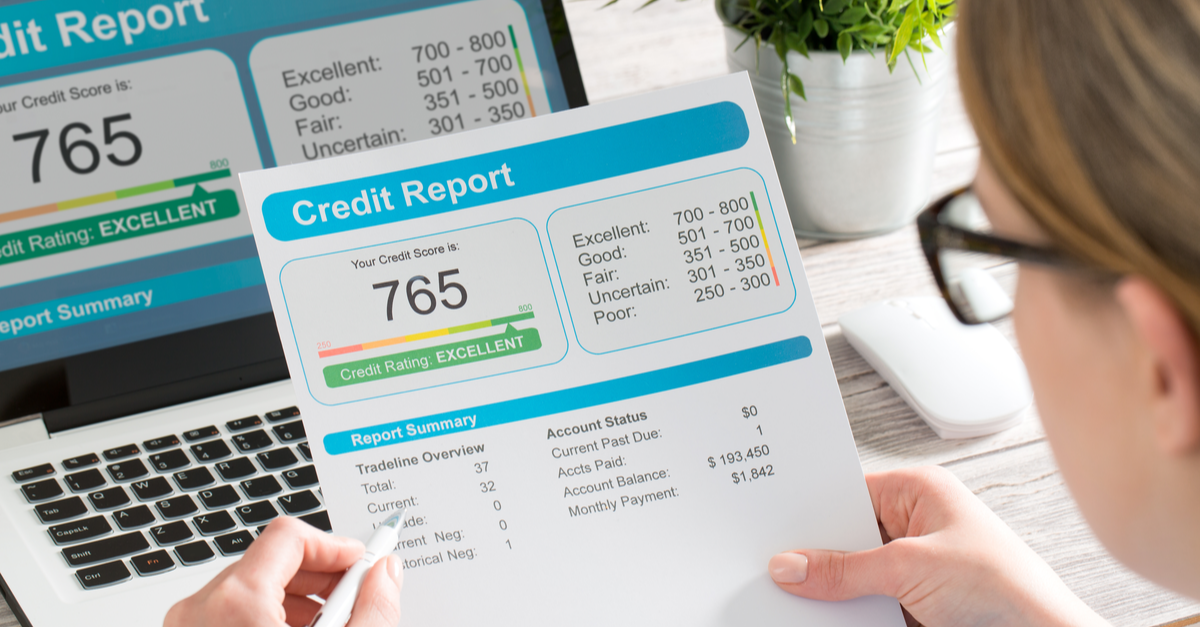


Risk concentration is a primary reason for bank failures, so the concentration of exposures to individual debtors, counterparties, industries, or sectors is assessed. Industry and single-name concentration.Two profitability ratios supplement the above to help assess the earnings of a given bank and its ability to absorb losses. Three capitalization ratios are used to assess the capital of a given bank. These qualitative risk factors consider how revenues generated in different geographies impact a bank’s business position, and how reliant a bank may be on one particular type of product. Geographic and product diversification.Scoring leverages this methodology to broadly align to S&P Global Ratings.
#Bank loan risk engine drivers#
Scorecards from S&P Global Market Intelligence are designed to model the most relevant quantitative and qualitative drivers of underlying credit risk. 7 Key Drivers of Credit Risk for Commercial Banks To determine a final score, additional adjustments can be made for group and government, as well as loss-absorbing capacity for countries in which a bail-in resolution framework is in place.ī. If a bank has a weak business position, however, resulting in a score of -1 (meaning a one notch reduction) and the other risk factors are neutral, the standalone score is ‘bb’. These factors either positively or negatively differentiate a bank from its competitors within the markets in which it operates.Īs an example of how this works, if the anchor score derived from BICRA is a ‘bb+’ and the four bank-specific factors are neutral, the stand-alone score remains ‘bb+’. The Industry Risk Score centers on the institutional framework, competitive dynamics, and system-wide funding of the banking sector in which the bank is domiciled.įrom here, the Scorecard considers four bank-specific risk factors: business position, capital and earnings, risk position, and funding and liquidity. The Economic Score focuses on the resilience, imbalances, and overall credit risk of markets where the bank has operations. The BICRA is broken down between an Economic Risk Score and an Industry Risk Score. Source: Credit Assessment Scorecards: Global Bank Analytic Framework, S&P Global Market Intelligence, 22 March 2018įigure 1 illustrates how we leverage S&P Global Ratings Banking Industry and Country Risk Assessment (BICRA) methodology, which is pre-scored for 89 countries and includes most banking industries in Asia-Pacific. This Scorecard covers deposit-taking institutions including commercial, investment, mortgage, and private banks. Plus, scores are broadly aligned to S&P Global Ratings criteria, and further supported by historical default data back to 1981.Point-in-time and forward-looking qualitative factors, converging trends, and relationships between key drivers to derive a standalone PD score.Including transparent Excel-based tools,.

S&P Global Market Intelligence provides more than 30 Scorecards: It concludes with a summary of important risk assessment recommended guidance you may want to consider. The sections that follow describe our methodology and the “7 key drivers of credit risk” for each of these asset classes. This paper focuses on our Scorecards for Global Banks, Project Finance, and Real Estate Developers. This is especially important for “low default” portfolios that lack extensive internal data necessary for the construction of statistical models that can be robustly calibrated and validated. S&P Global Market Intelligence’s Credit Assessment Scorecards provide a framework to help navigate today’s climate and assess the probability of a default (PD). 03 2018 - Credit markets are volatile and regulations are ever evolving, challenging today’s professionals to effectively assess creditworthiness and limit losses.


 0 kommentar(er)
0 kommentar(er)
